U.S. microreactor developer Last Energy has formed a partnership with the NATO Energy Security Centre of Excellence (ENSEC COE). The purpose of the new partnership is to jointly research military applications for micro-nuclear power technologies and explore opportunities for future deployment on NATO military installations.
The partnership agreement was signed by Bret Kugelmass, the Last Energy CEO, and Colonel Darius Uzkuraitis, the ENSEC COE Director. It is the first ever agreement between ENSEC COE and a nuclear energy company.
A Last Energy spokesperson said that under the partnership agreement the company will produce joint research with ENSEC COE focusing on microreactor applications for NATO military bases and installations. He added that the scope of research is currently being refined. Last Energy will also provide industry advice to ENSEC COE for the remainder of its nuclear work more broadly. In addition, Last Energy will identify and engage in other joint projects, including exploring opportunities to actually deploy microreactors on NATO bases.
Kugelmass said that “Nuclear energy is unequivocally the most reliable, abundant form of power mankind has ever discovered, and it must become the default solution for NATO militaries as they navigate a new era of great power competition. No other resource is capable of providing the kind of 24/7 energy security that’s mission critical on military bases, but we will only realize that potential if we miniaturize, modularize, and productize nuclear development.”
Kugelmass added, “We’re honored to partner with the NATO Energy Security Centre of Excellence and look forward to creating a roadmap for the adoption of micro-scale nuclear power across NATO installations.”
Last Energy is a spin-off of the Energy Impact Center. It is a research institute devoted to accelerating the clean energy transition through innovation. Its SMR technology is the PWR-20 which is based on a pressurized water reactor with a capacity of twenty megawatts of electricity or sixty megawatts of heat. Power plant modules will be constructed off-site and assembled in modules on-site. Based on the use of ready-made modular components, a reactor is expected to be assembled within twenty-four months of the final investment decision. The assumed lifetime of one of the Last Energy power plants is forty-two years.
ENSCE COE is located in Vilnius, Lithuania. It is one of twenty-eight NATO-accredited expert bodies that advise member militaries on strategy and technologies in particular fields. Founded in 2012, the ENSCE works with partners in industry, academia and government to research and develop solutions for NATO militaries to ensure energy resilience and efficiency as well as critical energy infrastructure safety.
Under the terms of the partnership, Last Energy and ENSEC COE agree to work on joint projects around nuclear energy applications for NATO military installations and operations.
Last Energy said, “The center’s partnership with Last Energy is part of a broader pivot by NATO toward prioritizing energy security. In addition to dramatically reducing the cost and timeline of construction, micro-nuclear plants have minimal water requirements and can be sited nearly anywhere, allowing for a direct power connection and, by extension, enabling the offtaker to circumvent the traditional bandwidth restraints and price volatility of the grid.”
Blog
-

Nuclear Reactors 1416 – Last Energy Has Partnered With NATO To Research And Develop Nuclear Power
-
Nuclear News Roundup Aug 12, 2024
Lithuania narrows search for repository site world-nuclear-news.org
Australia, US, UK sign nuclear transfer deal for subs hurriyetdailynews.com
Main fire at Russian-controlled nuclear plant in Ukraine extinguished commonspace.eu
Cymat announces major nuclear order prnewswire.com
-
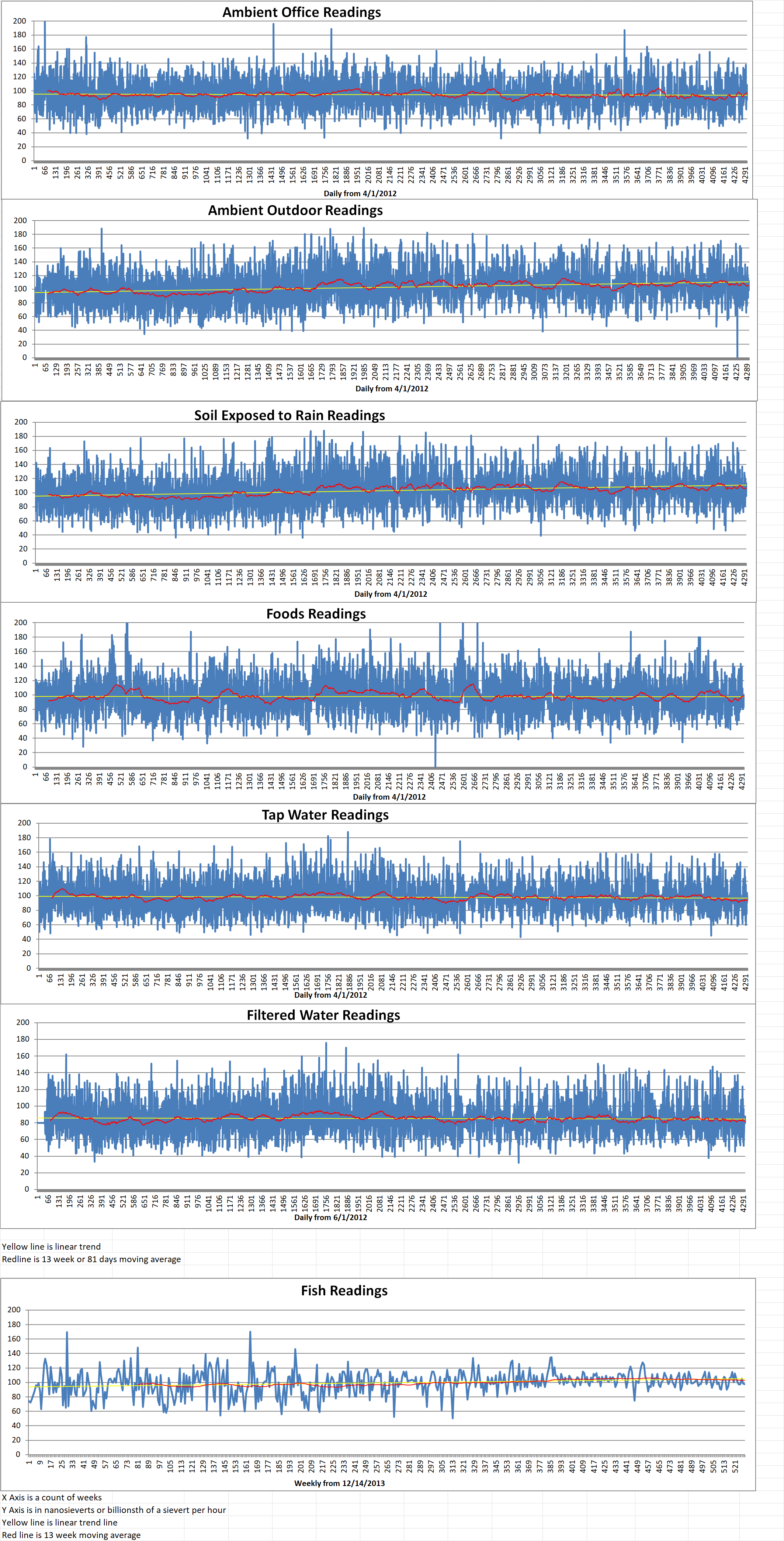
Geiger Readings for Aug 12, 2024
Ambient office = 108 nanosieverts per hour
Ambient outside = 112 nanosieverts per hour
Soil exposed to rain water = 113 nanosieverts per hour
Bannana from Central Market = 100 nanosieverts per hour
Tap water = 96 nanosieverts per hour
Filter water = 87 nanosieverts per hour
-
Nuclear News Roundup Aug 11, 2024
New nuclear power will be on the agenda when NY officials hold energy summit in Syracuse Syracuse.com
WCC prayer for nuclear disarmament focuses on hope, unity, and peace oikoumene.org
Bruce 3 refurbishment stage completed in record time world-nuclear-news.org
Glass cell provides glimpse inside molten salt reactors world-nuclear-news.org
-
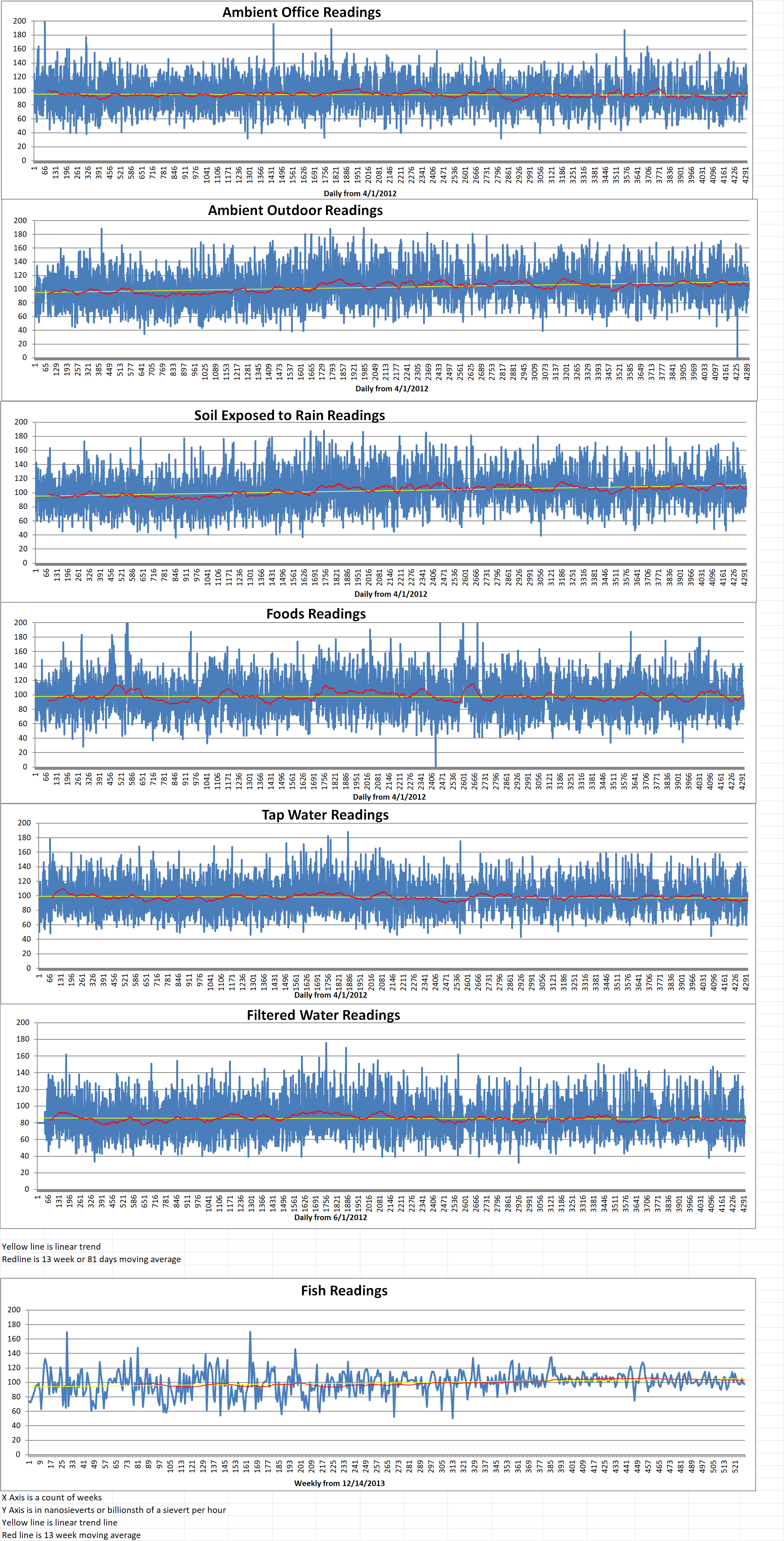
Geiger Readings for Aug 11, 2024
Ambient office = 87 nanosieverts per hour
Ambient outside = 99 nanosieverts per hour
Soil exposed to rain water = 95 nanosieverts per hour
Grape from Central Market = 84 nanosieverts per hour
Tap water = 96 nanosieverts per hour
Filter water = 83 nanosieverts per hour
-
Nuclear News Roundup Aug 10, 2024
North Korea Blasts U.S. ‘Nuclear War Plan’ newsweek.com
Nuclear weapons represent ‘real and present danger’: UN chief hurriyetdailynews.com
Hong Kong’s Clean Energy Future Will Be Mostly Nuclear, CLP Says energyconnects.com
North Korea says it deployed nuclear-capable missiles to South Korean border nknews.com
-
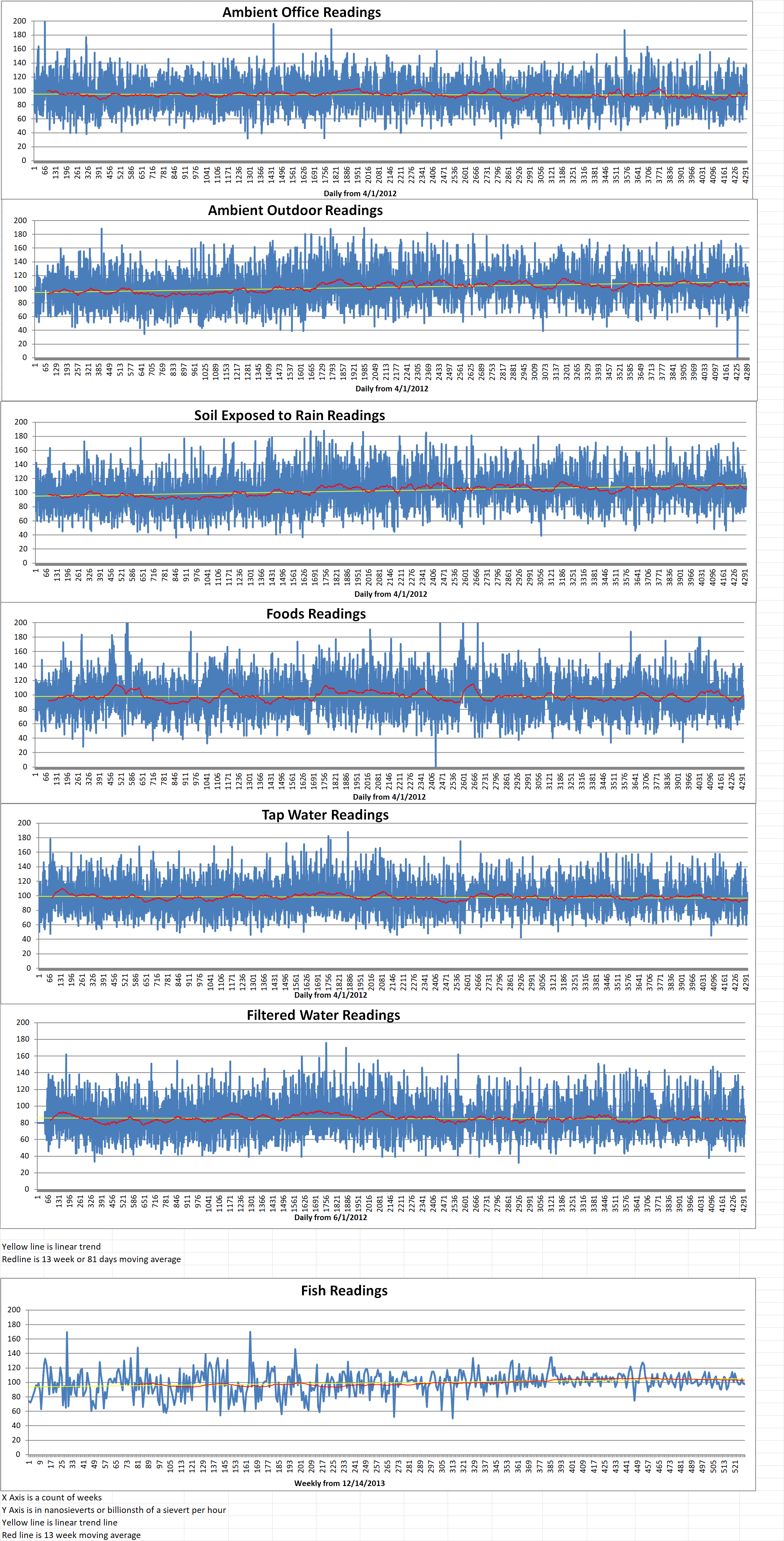
Geiger Readings for Aug 10, 2024
Ambient office = 90 nanosieverts per hour
Ambient outside = 103 nanosieverts per hour
Soil exposed to rain water = 104 nanosieverts per hour
Avocado from Central Market = 93 nanosieverts per hour
Tap water = 94 nanosieverts per hour
Filter water = 80 nanosieverts per hour
Dover Sole from Central = 98 nanosieverts per hour
-
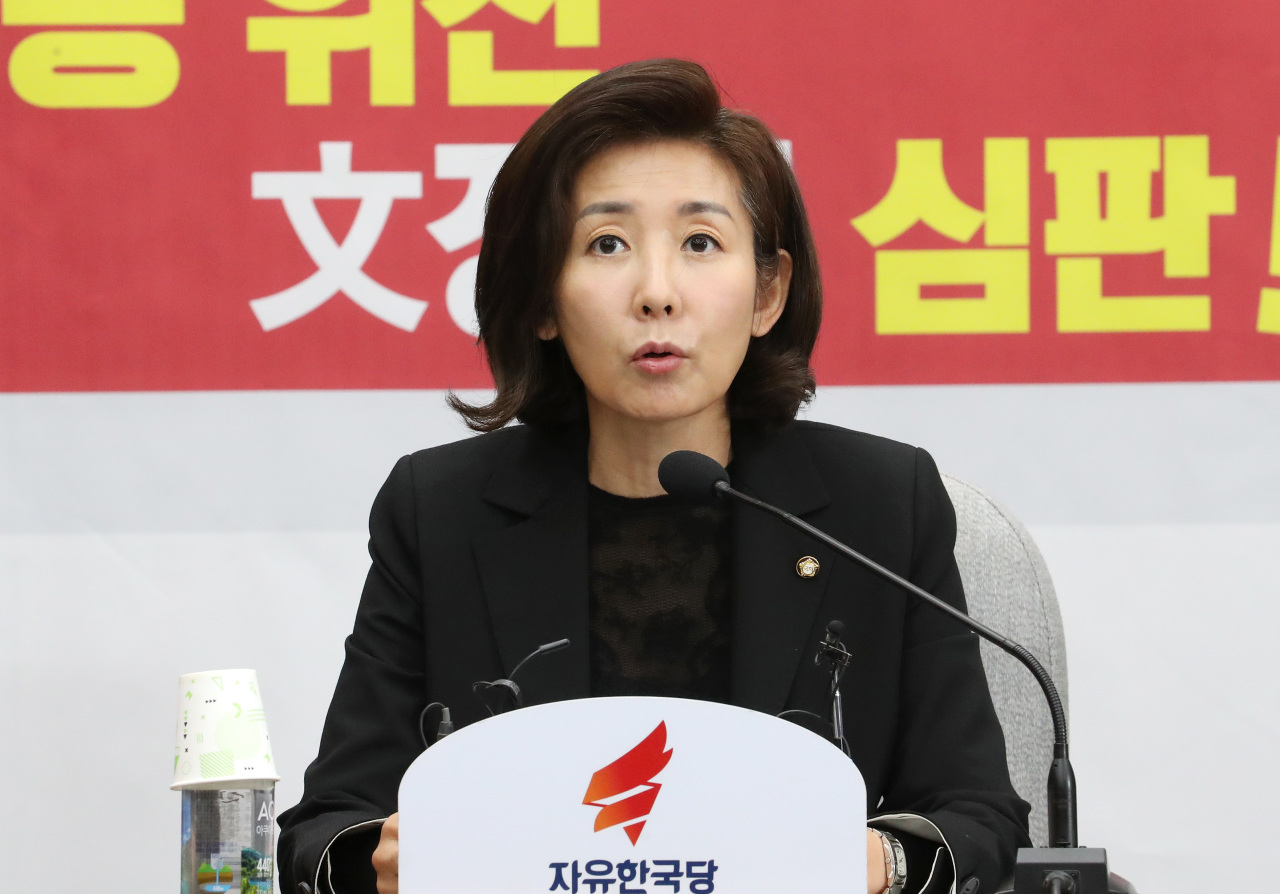
Nuclear Weapons 867 – Prominent South Korean Politician Calls For South Korea To Develop A Nuclear Weapons Program
The Korean War began on the Korean Peninsula in June of 1950 and ended in July of 1953. It ended with the signing of an armistice which resulted in the combatants agreeing to stop fighting. While the fighting did stop, there was never a formal end to the war. Seventy years later, the state of war still continues.
Following the armistice, the peninsula was divided into North Korea(N.K.) and South Korea (S.K.). North Korea aligned itself with its ally, communist China and took their model of government. S.K. aligned itself with its ally, the U.S. and took its form of government. Since the war, tensions have risen and fallen between the two Koreas. In order to persuade S.K. not to develop nuclear weapons in response to the N.K. nuclear program, the U.S. promised to protect S.K. from N.K.
A prominent S.K. politician says that the country should arm itself with nuclear weapons amid increasing tensions with their neighbor, N.K.
Na Kyung-won is touted as a frontrunner to lead the country’s official opposition. She recently proposed that her country “make preparations to develop nuclear weapons in a short period of time right now”.
In a Facebook post Na explained why she believes the country should abandon its historic policy of nuclear non-proliferation.
Her post read, “The history of international society shows that only ‘countries with the power’ to suppress external threats have survived. This is why we should think about nuclear weapons with all possibilities open now.”
Na said that her proposal would by ‘international sanity,’ and rely on ‘cooperation between Korea and the U.S.’ “We will make preparations to develop nuclear weapons in a short period of time right now will not just stop with words, but with actions.”
Na will stand for election as the leader of the People Power Party at the party convention in a couple of weeks on July 23.
In 1975, S.K. signed the nuclear Nonproliferation Treaty, which prohibits signatory states from developing nuclear weapons.
S.K has continued to engage in nuclear research programs since that time although the country has maintained an official policy of non-proliferation.
Kim Jong Un has continually tried to develop an offensive nuclear capability in the face of international condemnation. This has prompted reconsideration of S.K.’s position.
In 2023, incumbent S.K. President Yoon Suk-Yeol suggested that it might be wise for the country to acquire its own nuclear arsenal if the situation with N.K did not improve.
In April 2023, the U.S. agreed to deploy nuclear-armed submarines to S.K., in exchange for abandoning plans to develop its own nuclear weapons.
The latest threats by the opposition come during a period of heightened tensions between the two states. There have been several altercations along their border.
Last week, N.K. state media reported that the regime had ‘successfully’ launched an advanced ballistic missile armed with a ‘super-large warhead.
According to the S.K. military, one of the N.K. missiles flew ‘erratically.’ It likely landed near the nation’s capital of Pyongyang.
In mid-June of this year, satellite imagery showed several places in the demilitarized zone along the Korean border where N.K. has cleared large strips of land to construct what appears to be a wall.
In late June, a hypersonic missile fired by N.K. exploded in mid-flight over the Sea of Japan. -
Nuclear News Roundup Aug 09, 2024
UK Stocks: Rolls-Royce Considers Stake Sale in Mini-Nuclear Reactor Unit; Shares Fall tipranks.com
Advanced nuclear energy working toward a future presence in the Permian Basin newswest9.com
Israeli policy means ‘difficult to know’ how close world is to nuclear war, warns anti-nuclear weapons group euractiv.com
NANO Nuclear Energy Inc. (NNE) Investigation globenewswire.com
-
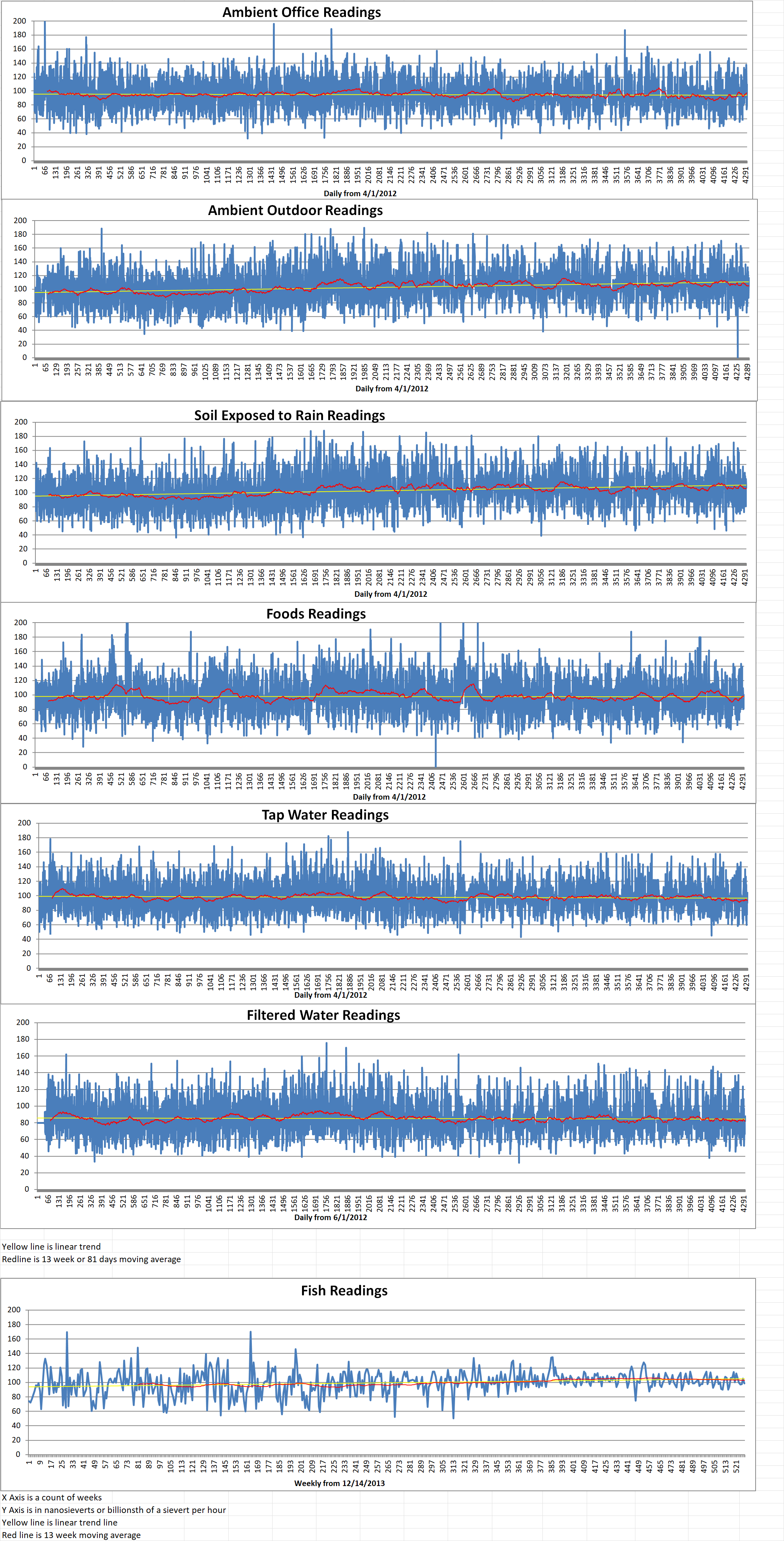
Geiger Readings for Aug 09, 2024
Ambient office = 109 nanosieverts per hour
Ambient outside = 107 nanosieverts per hour
Soil exposed to rain water = 110 nanosieverts per hour
Green onion from Central Market = 93 nanosieverts per hour
Tap water = 104 nanosieverts per hour
Filter water = 88 nanosieverts per hour
